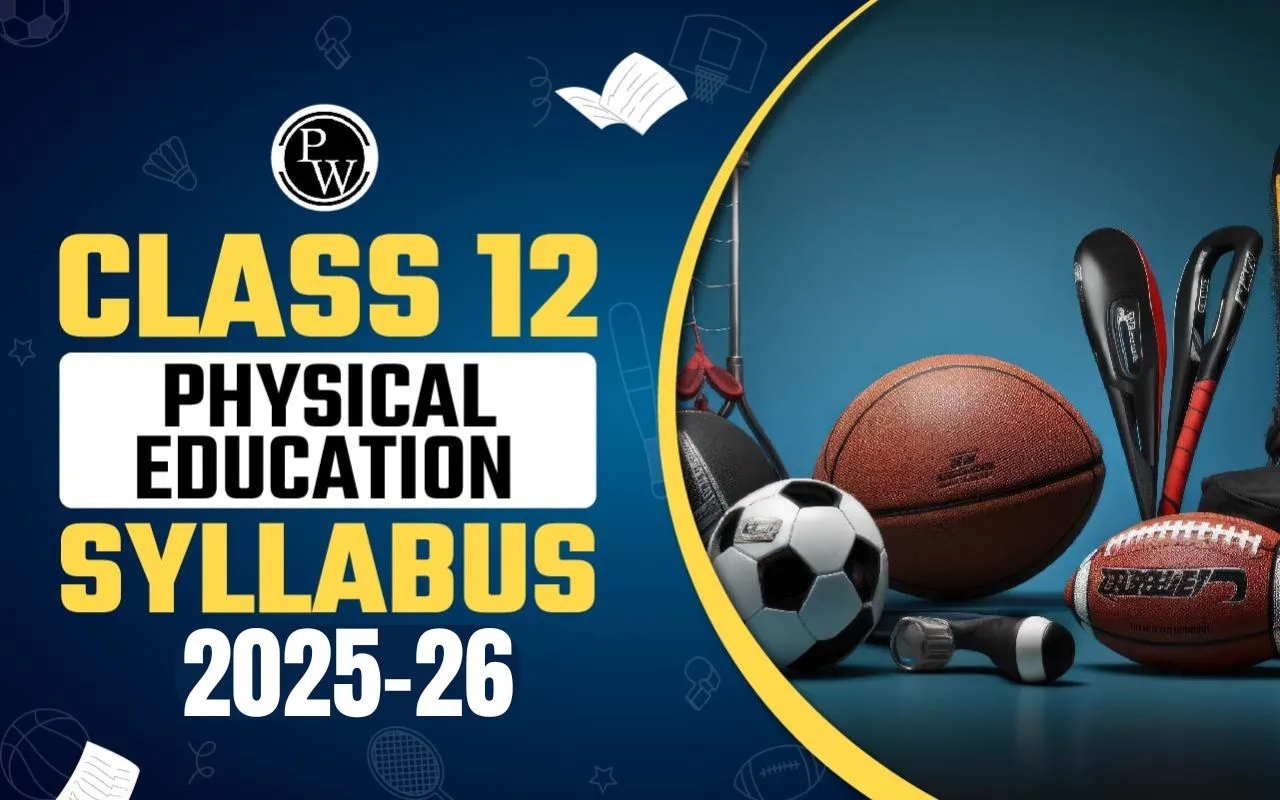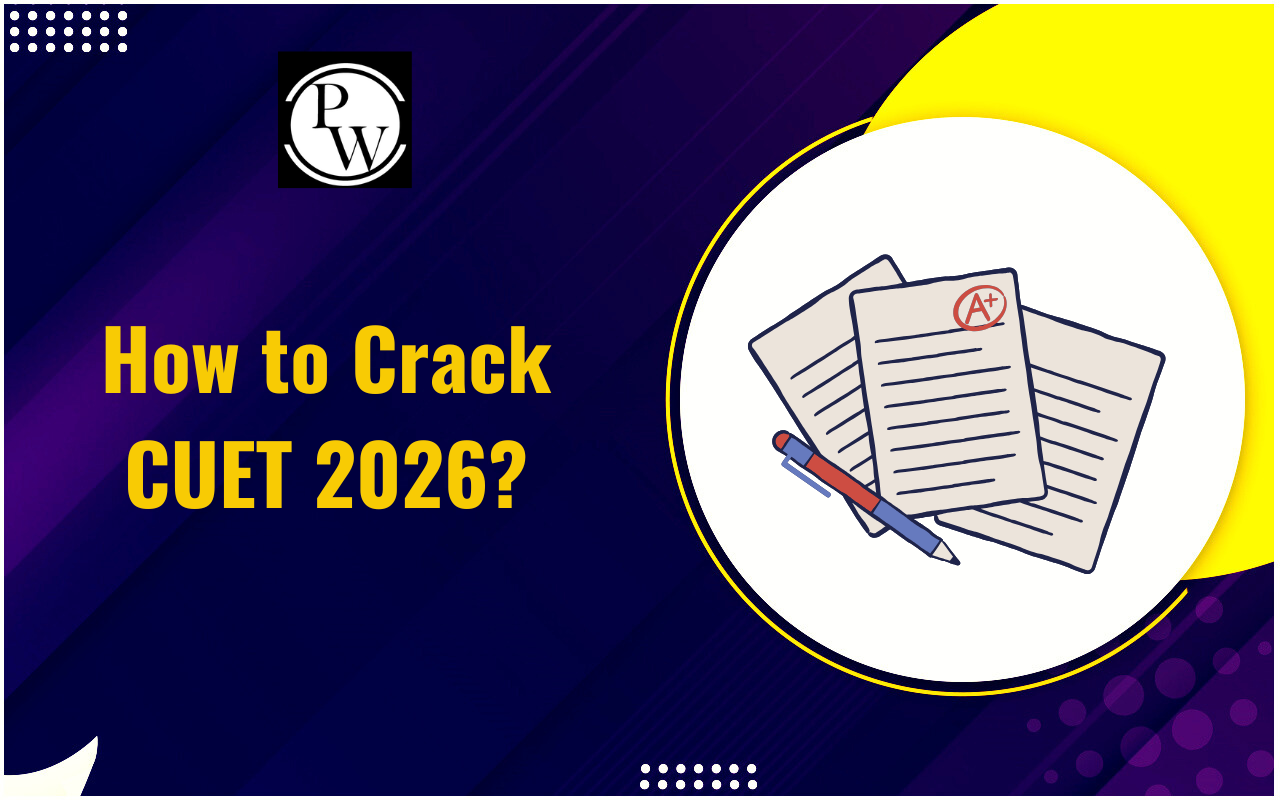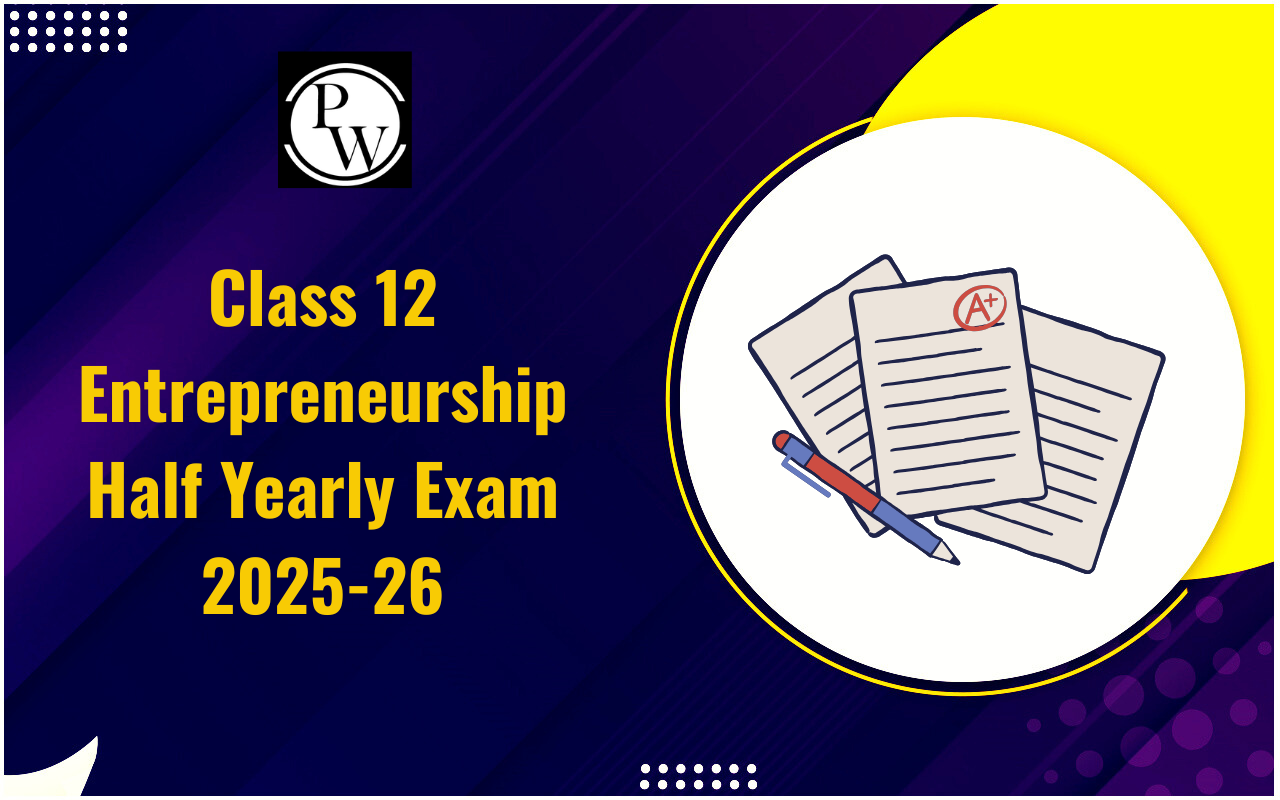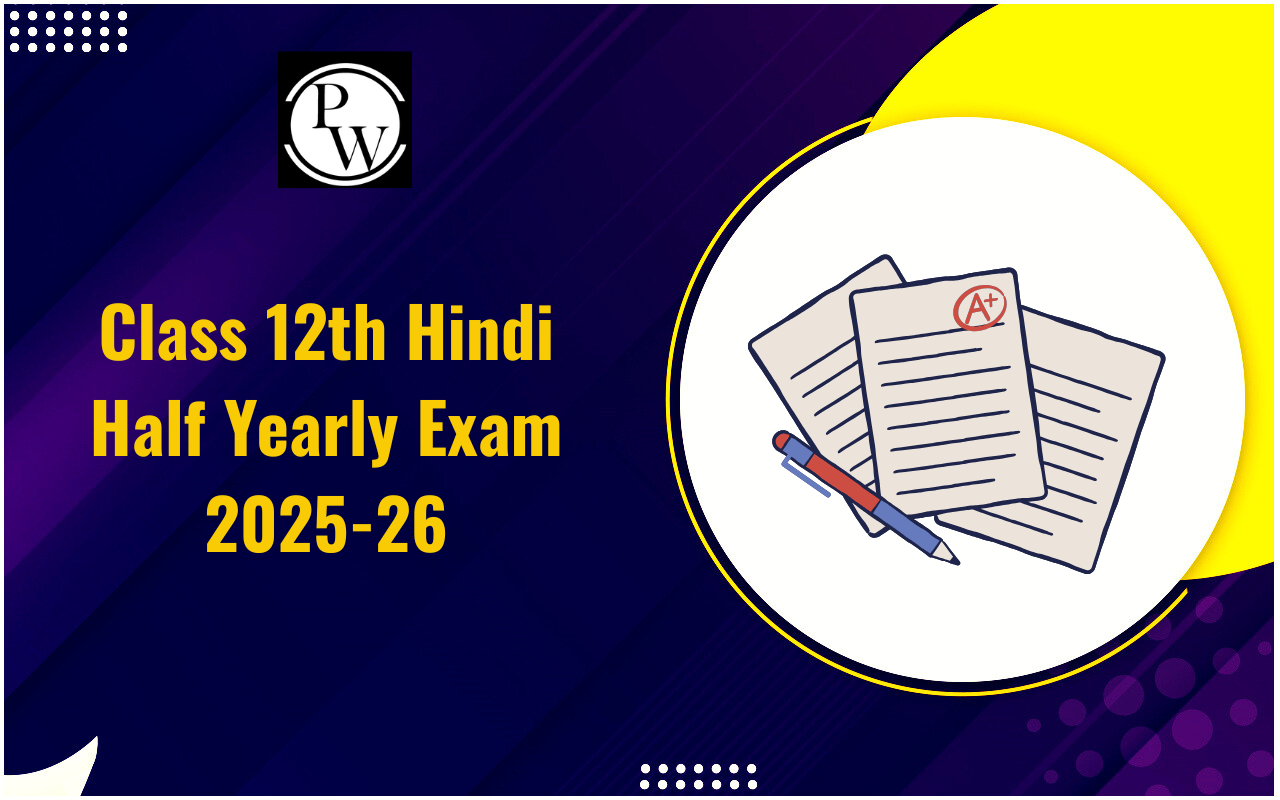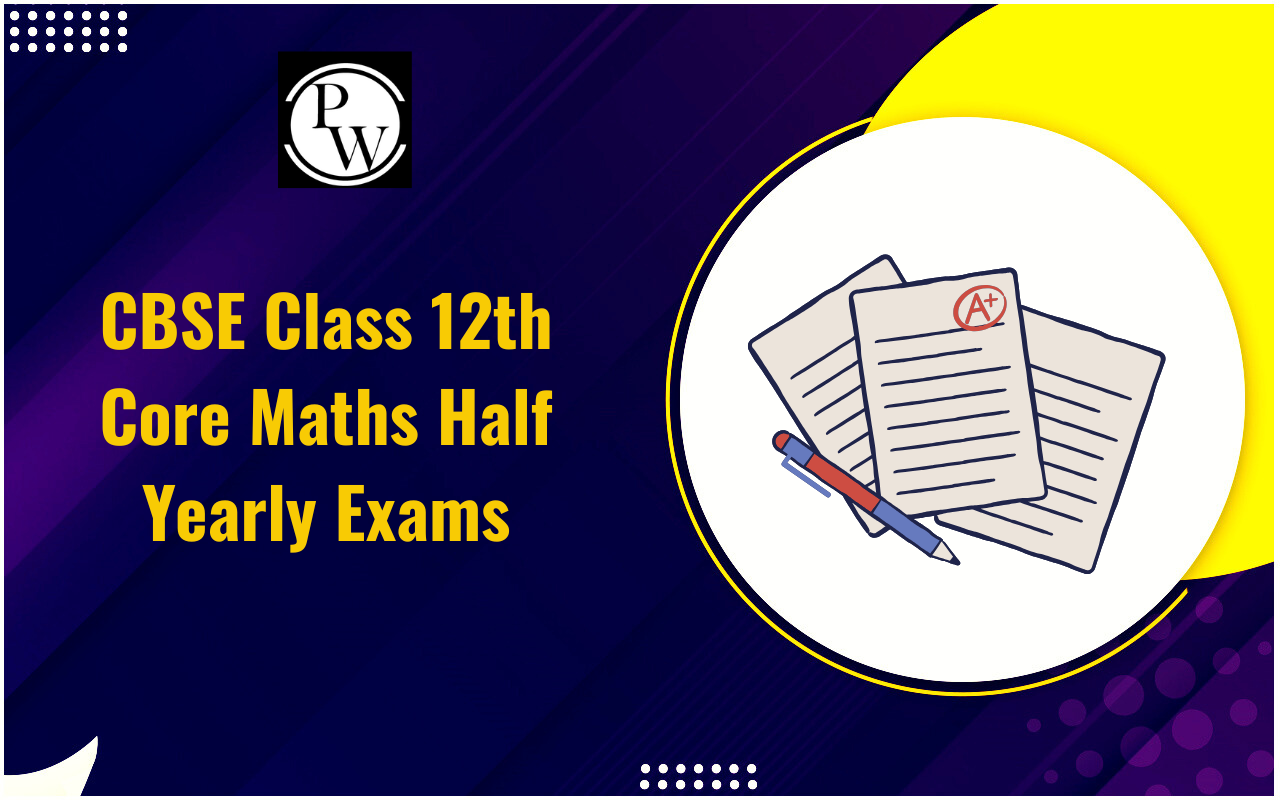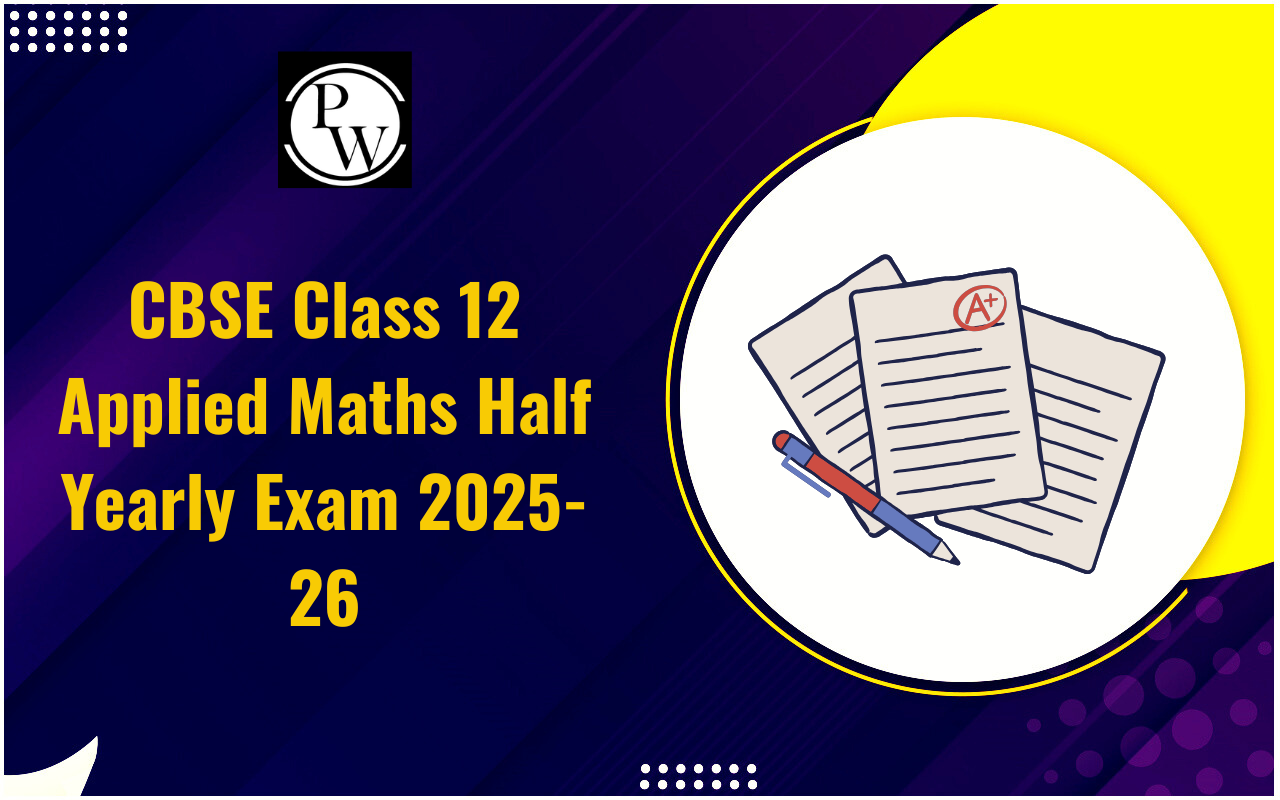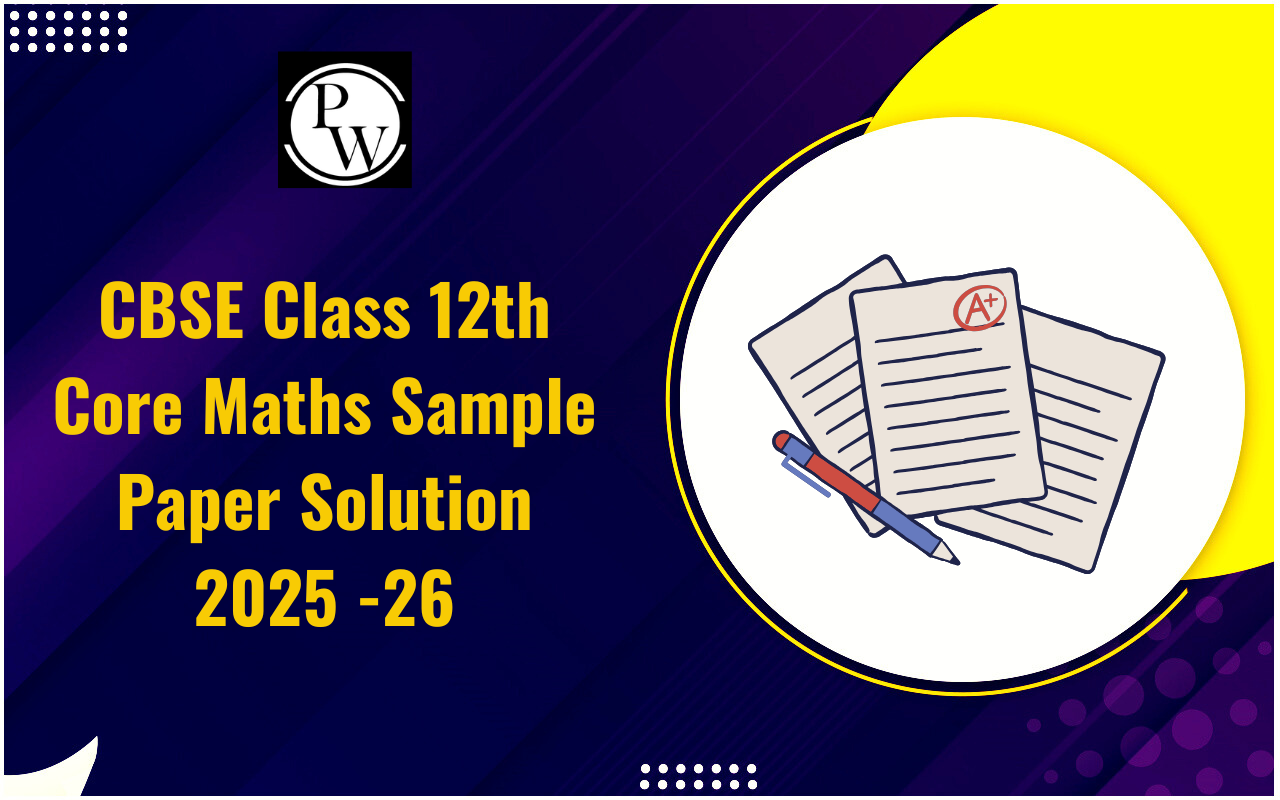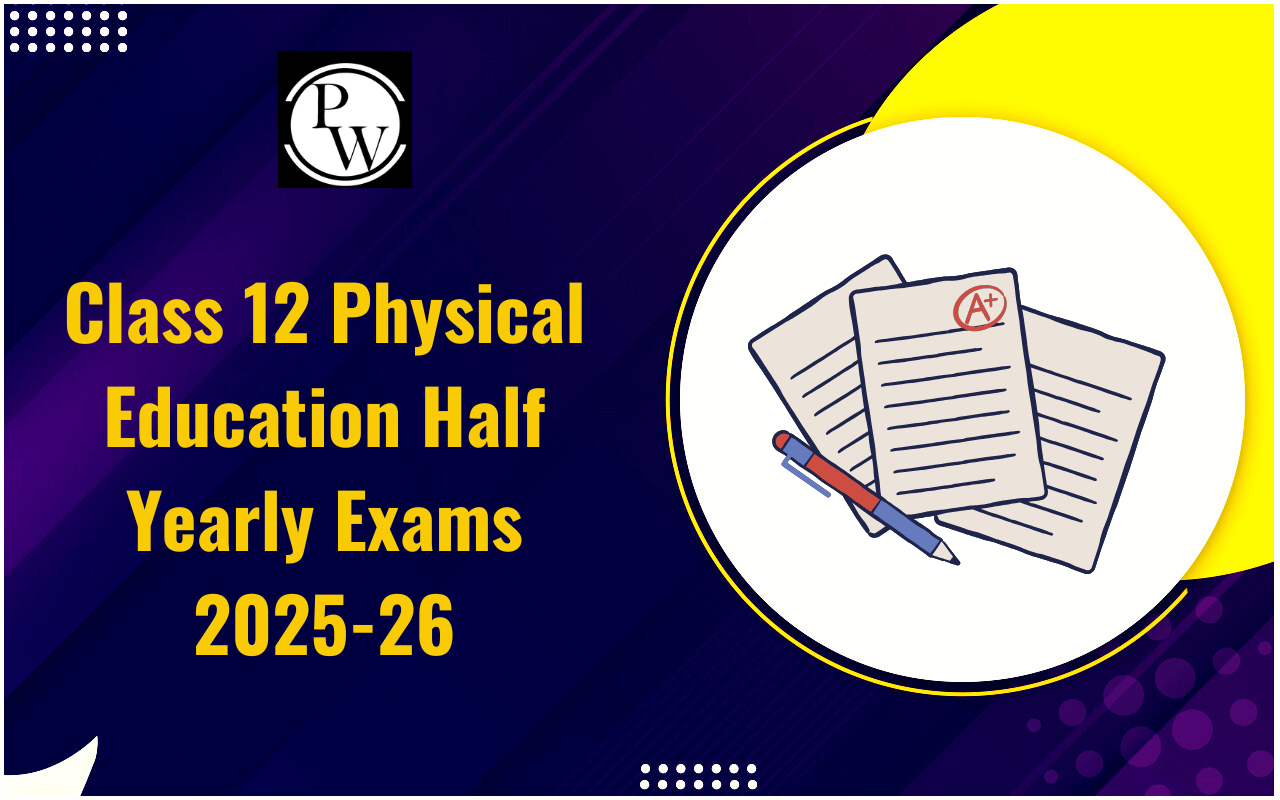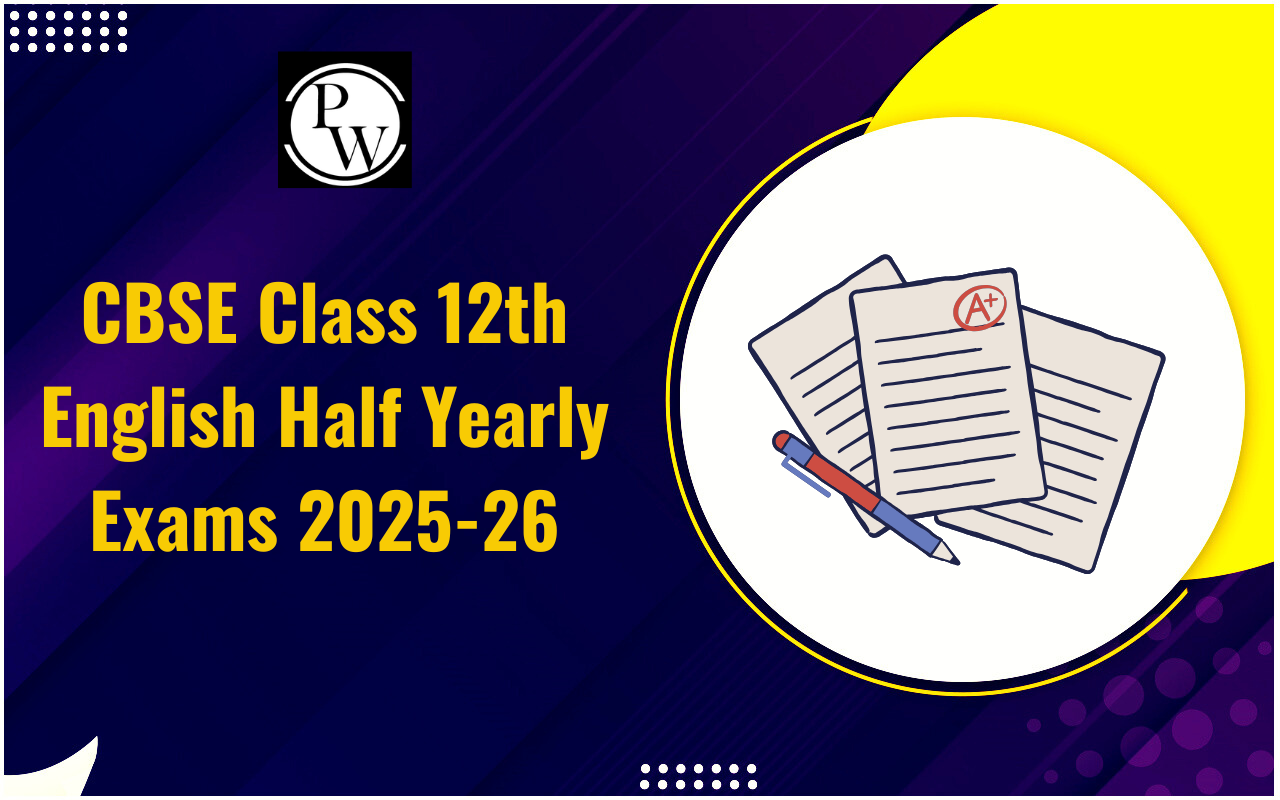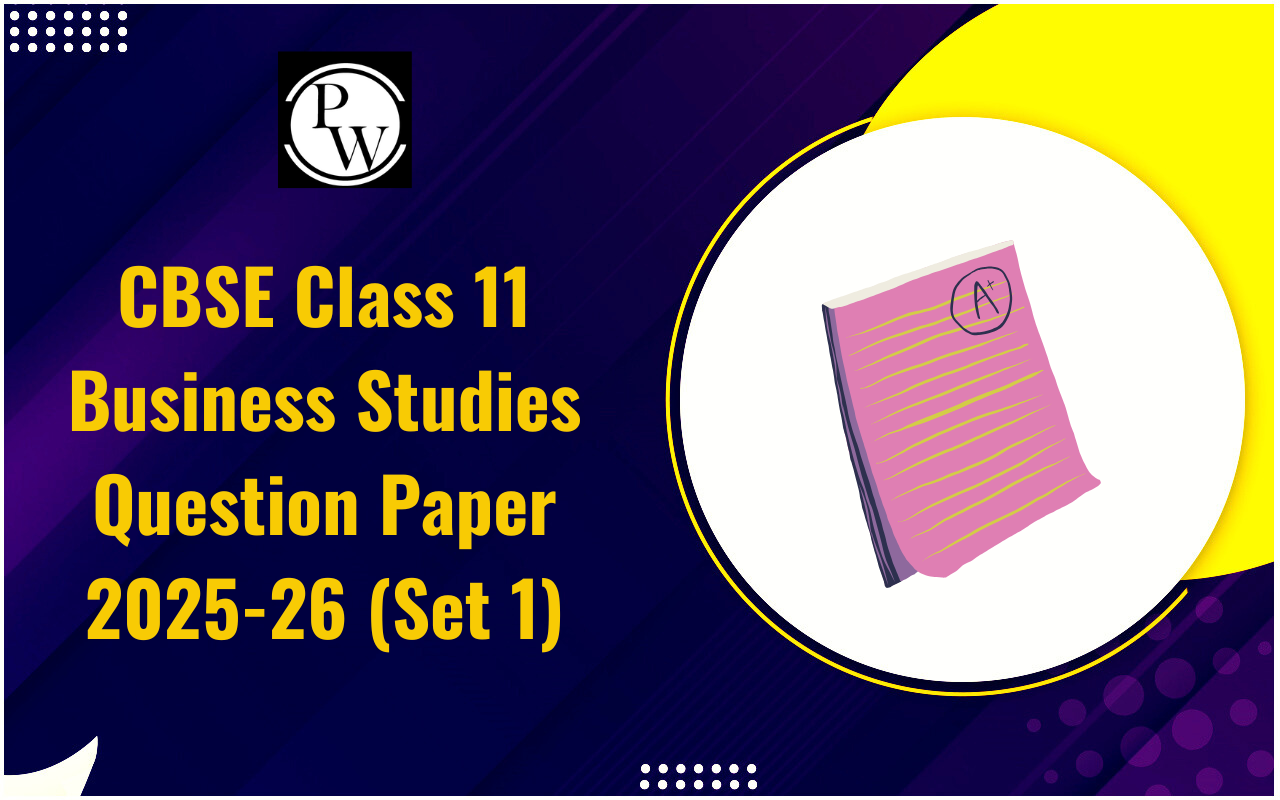
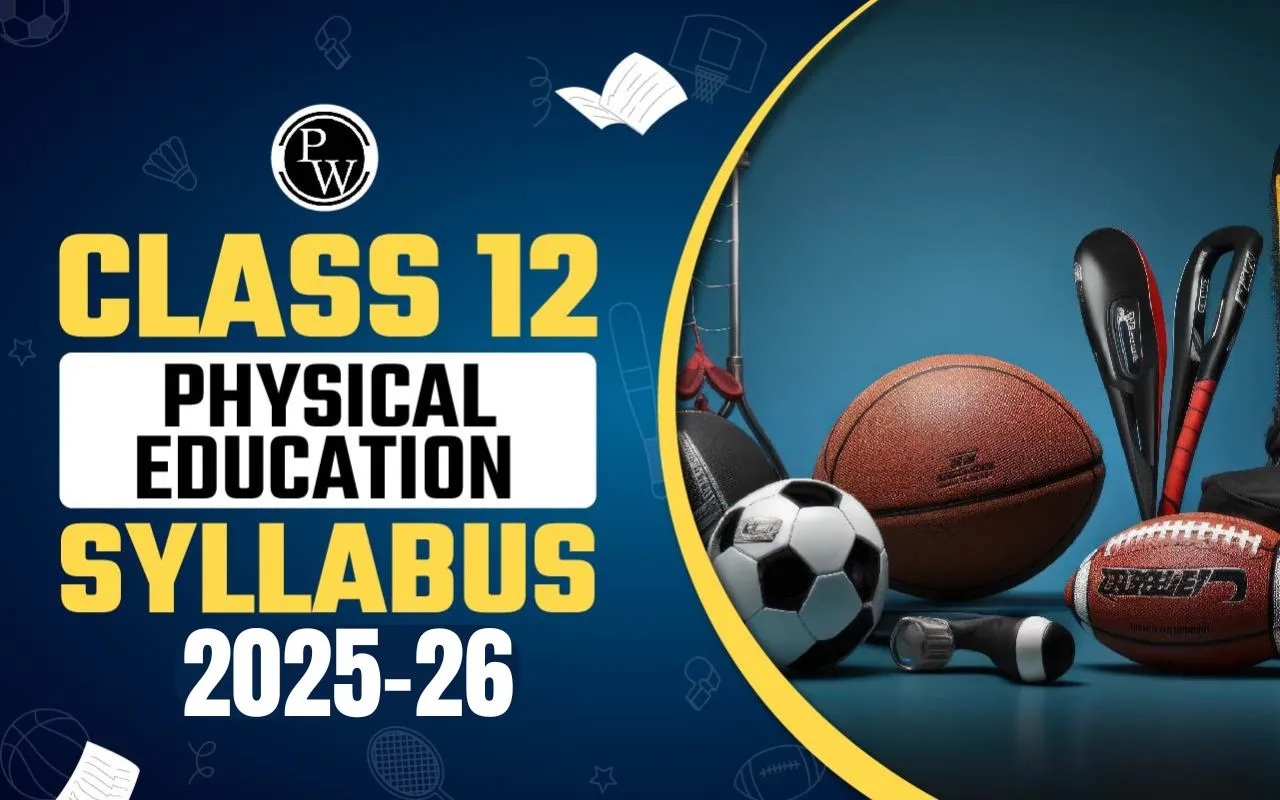
Class 12 Physical Education Syllabus: For the academic year 2025–26, the Class 12 Physical Education Syllabus has been revised to meet the Central Board of Secondary Education (CBSE) guidelines. This revised syllabus consists of ten units covering a wide range of subjects including sports nutrition, sports physiology and injuries, sports psychology, sports training, sports intended toward children with special needs, yoga, physical education, sports, and sports organization.
Physical Education is recognized as a subject in Class 12 and is a useful supplement to improve overall academic performance. It is thought to have significantly increased the total percentage. Students interested in learning more about the CBSE Class 12 Physical Education Syllabus for 2025–26 may refer to the complete syllabus included on this page.Class 12 Physical Education Syllabus Overview
Physical Education is one of the courses included in the CBSE Class 12 examination . The examination is summarized in the table below:
| Class 12 Physical Education Syllabus Overview | |
| Particulars | Details |
| Exam Name | Class 12 Physical Education |
| Authorized Body | CBSE |
| Exam Level | 10+2 |
| Mode | Offline |
| Examination Duration | 3 hours |
| Language | English |
| Subject Code | 048 |
Class 12 Physical Education Syllabus Marks Distribution
The marks distribution for the CBSE Class 12 Physical Education Syllabus 2025-26 is shown in the table below:
| Class 12 Physical Education Syllabus Marks Distribution | |||
| Unit No. | Unit Name | No. of Periods | Weightage (Marks) |
| 1 | Management of Sporting Events | 15 | 05 + 04b* |
| 2 | Children and Women in Sports | 12 | 07 |
| 3 | Yoga as Preventive measure for Lifestyle Disease | 12 | 06+01 b* |
| 4 | Physical Education & Sports for (CWSN) | 13 | 04+04 b* |
| 5 | Sports & Nutrition | 12 | 07 |
| 6 | Test and Measurement in Sports | 13 | 08 |
| 7 | Physiology & Injuries in Sport | 13 | 04+04 b* |
| 8 | Biomechanics and Sports | 18 | 10 |
| 9 | Psychology and Sports | 12 | 07 |
| 10 | Training in Sports | 15 | 09 |
| Practical | Including 3 Practical | 56 | 30 |
| Total | Theory 10 + Practical 3 | 134 + 56 = 190 | Theory 70 + Practical 30 = 100 |
Note: B* are concept-based questions for visually impaired children, such as the tactile diagram, data interpretation, and case study.
CBSE Class 12 Physical Education Syllabus
2025-26
Class 12 Physical Education Syllabus Unit1: Management of Sporting Events
Functions of Sports Events Management:
- Planning
- Organizing
- Staffing
- Directing
- Controlling
Various Committees & their Responsibilities:
- Pre-event
- During event
- Post-event
Fixtures and their Procedures:
- KnockOut (Bye & Seeding)
- League (Staircase, Cyclic, Tabular method)
- Combination tournaments
Intramural & Extramural Tournaments:
- Meaning
- Objectives
- Significance
- Community Sports Program:
- Sports Day
- Health Run
- Run for Fun
- Run for Specific Cause
- Run for Unity
Class 12 Physical Education Syllabus Unit 2: Children & Women in Sports
Exercise Guidelines by WHO for Different Age Groups Common Postural Deformities and Their Corrective Measures:
- Knock Knees
- Flat Foot
- Round Shoulders
- Lordosis
- Kyphosis
- Scoliosis
- Bow Legs
Women's Participation in Sports:
- Physical Benefits
- Psychological Benefits
- Social Benefits
Special Considerations:
- Menarche
- Menstrual Dysfunction
Female Athlete Triad:
- Osteoporosis
- Amenorrhea
- Eating Disorders
Class 12 Physical Education Syllabus Unit 3: Yoga as Preventive Measure for Lifestyle Disease
Obesity: Procedure, Benefits & Contraindications for:
- Tadasana
- Katichakrasana
- Pavanmuktasana
- Matsayasana
- Halasana
- Pachimottansana
- Ardha–Matsyendrasana
- Dhanurasana
- Ushtrasana
- Suryabedhan Pranayama
Diabetes: Procedure, Benefits & Contraindications for:
- Katichakrasana
- Pavanmuktasana
- Bhujangasana
- Shalabhasana
- Dhanurasana
- Supta–Vajarasana
- Paschimottanasana
- Ardha–Matsyendrasana
- Mandukasana
- Gomukasana
- Yogmudra
- Ushtrasana
- Kapalabhati
Asthma: Procedure, Benefits & Contraindications for:
- Tadasana
- Urdhwahastottanasana
- UttanMandukasana
- Bhujangasana
- Dhanurasana
- Ushtrasana
- Vakrasana
- Kapalbhati
- Gomukhasana
- Matsyasana
- Anuloma–Viloma
Hypertension: Procedure, Benefits & Contraindications for:
- Tadasana
- Katichakrasana
- Uttanpadasana
- Ardha Halasana
- Sarala Matsyasana
- Gomukhasana
- UttanMandukasana
- Vakrasana
- Bhujangasana
- Makarasana
- Shavasana
- Nadi–shodhana Pranayama
- Sitli Pranayama
Back Pain and Arthritis: Procedure, Benefits & Contraindications for:
- Tadasana
- Urdhawahastootasana
- ArdhChakrasana
- Ushtrasana
- Vakrasana
- Sarala Matsyendrasana
- Bhujangasana
- Gomukhasana
- Bhadrasana
- Makarasana
- Nadi Shodhana Pranayama
Class 12 Physical Education Syllabus Unit 4: Physical Education and Sports for CWSN (Children with Special Needs - Divyang)
Organizations Promoting Disability Sports:
- Special Olympics
- Paralympics
- Deaflympics
Concept of Classification and Divisioning in Sports. Concept of Inclusion in Sports:
- Need
- Implementation
Advantages of Physical Activities for Children with Special Needs. Strategies to Make Physical Activities Accessible for Children with Special Needs.
Class 12 Physical Education Syllabus Unit 5: Sports & Nutrition
Concept of Balanced Diet and Nutrition. Macro and Micro Nutrients:
- Food Sources & Functions.
- Nutritive & Non-Nutritive Components of Diet.
Eating for Weight Control:
- A Healthy Weight
- The Pitfalls of Dieting
- Food Intolerance
- Food Myths
Importance of Diet in Sports: Pre, During, and Post Competition Requirements.
Class 12 Physical Education Syllabus Unit 6: Test & Measurement in Sports
Fitness Test – SAI Khelo India: Age Group 5-8 years/Class 1-3:
- BMI
- Flamingo Balance Test
- Plate Tapping Test
Age Group 9-18 years/Class 4-12:
- BMI
- 50mt Speed Test
- 600mt Run/Walk
- Sit & Reach Flexibility Test
- Strength Test (Partial Abdominal Curl Up, Push-Ups for boys, Modified Push-Ups for girls)
Measurement of Cardio-Vascular Fitness – Harvard Step Test:
- Duration of the Exercise in Seconds x 100 / 5.5 x Pulse Count of 1-1.5 Min after Exercise.
Computing Basal Metabolic Rate (BMR). Rikli & Jones - Senior Citizen Fitness Test:
- Chair Stand Test for Lower Body Strength
- Arm Curl Test for Upper Body Strength
- Chair Sit & Reach Test for Lower Body Flexibility
- Back Scratch Test for Upper Body Flexibility
- Eight Foot Up & Go Test for Agility
- Six-Minute Walk Test for Aerobic Endurance
Johnsen – Methney Test of Motor Educability:
- Front Roll
- Roll
- Jumping Half-Turn
- Jumping Full-Turn
Class 12 Physical Education Syllabus Unit 7: Physiology & Injuries in Sport
Physiological Factors Determining Components of Physical Fitness. Effect of Exercise on the Muscular System. Effect of Exercise on the CardioRespiratory System. Physiological Changes Due to Aging. Sports Injuries Classification: Soft Tissue Injuries:
- Abrasion
- Contusion
- Laceration
- Incision
- Sprain & Strain
Bone & Joint Injuries:
- Dislocation
- Fractures (Green Stick, Comminuted, Transverse Oblique, Impacted)
Class 12 Physical Education Syllabus Unit 8: Biomechanics and Sports
Newton’s Law of Motion & Its Application in Sports. Types of Levers and Their Application in Sports. Equilibrium – Dynamic & Static, and Centre of Gravity:
- Application in Sports.
Friction & Its Relation to Sports. Projectile in Sports.
Class 12 Physical Education Syllabus Unit 9: Psychology and Sports
Personality:
- Definition & Types (Jung Classification & Big Five Theory).
Motivation:
- Types & Techniques.
Exercise Adherence:
- Reasons, Benefits & Strategies for Enhancing It.
Aggression in Sports:
- Meaning, Concept & Types.
Psychological Attributes in Sports:
- Self-Esteem, Mental Imagery, Self-Talk, Goal Setting.
Class 12 Physical Education Syllabus Unit 10: Training in Sports
Concept of Talent Identification and Talent Development in Sports. Introduction to Sports Training Cycle:
- Micro, Meso, Macro Cycle.
Types & Methods to Develop:
- Strength, Endurance, and Speed.
Types & Methods to Develop:
- Flexibility and Coordinative Ability.
Circuit Training:
- Introduction & Its Importance.
| Related Links | |
| Commerce Class 12 | Class 12 Accountancy |
| Class 12 Commerce Syllabus | Class 12 English |
| Class 12 Business Studies | Class 12 Economics |
| Class 12 Maths | Class 12 Result |
Class 12 Physical Education Syllabus FAQs
What is the maximum mark for Class 12 PE exam?
How many days are required to prepare for physical education class 12?
What are the average marks in physical education class 12?
Is Physical Education a scoring subject in Class 12?
Are PE marks added in board exams?

